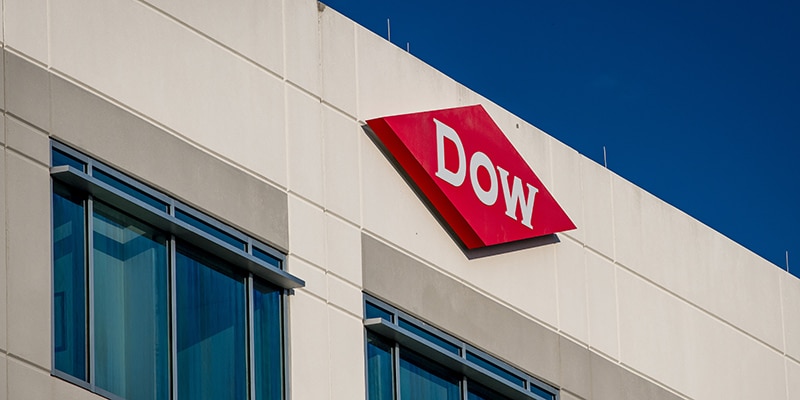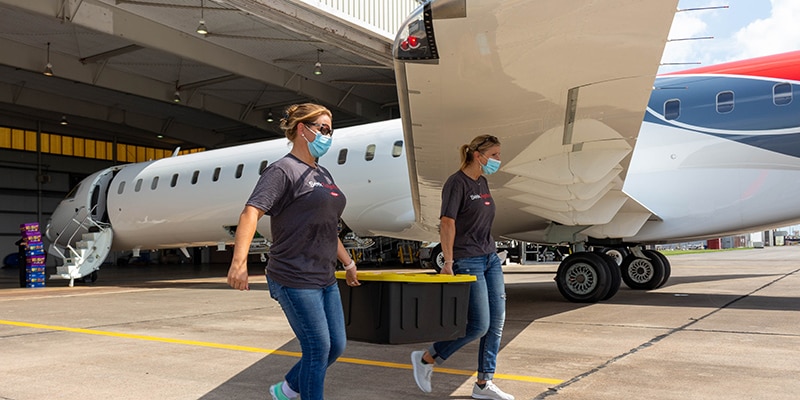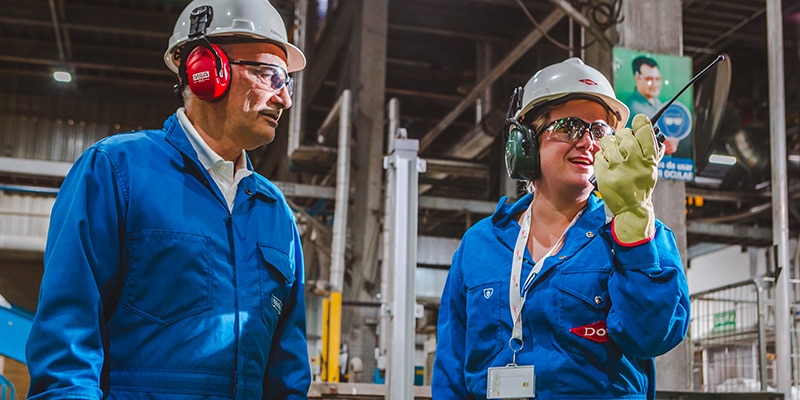
Faster-drying courts: Scoring a win for tennis
Rain is an obvious showstopper for outdoor tennis courts. Courts are slippery when wet, and soggy tennis balls take the bounce out of a game.
Recognizing a need for faster-drying courts that still deliver high-quality playability, we worked with B.T. Sports to develop a permeable hard-court surface. The Singapore-based company specializes in the design, construction and surfacing of sports facilities.
“Our goal was to combine our materials science technology with B.T. Sports’ application and system integration experience to address three key challenges,” said Paul Fong, country director, Dow. “First of all, we wanted to reduce the disruption of play due to rainwater pooling on court. Secondly, we wanted to enhance safety by reducing the risk of slipping on wet surfaces. Thirdly, we sought to increase the sustainability of courts by using environmentally friendly materials and reducing waste materials by eliminating the need for tennis court rollers and squeegees.”
REFUSE TO LOSE: TAKING THE CHALLENGE
Why are permeable courts needed? After a period of rain, it typically takes at least one hour before a regular hard-court surface is dry enough to resume play. On cloudy days or at night, it can take even longer.
Permeable courts are able to drain and re-open for play more quickly. However, “the existing permeable court systems in the market all have significant drawbacks,” said Hayden Hoon, director of B.T. Sports.
Developing a permeable court that dried quickly and increased play time wasn’t enough, either. The court surface also had to meet international standards for play, be made from environmentally friendly materials, and be easy to resurface to extend surface life.
“We had our work cut out for us,” Fong said. “But we kept our eyes on the prize.”
ACED IT: SERVING UP A WIN
Fortunately, neither Dow nor B.T. Sports is a rookie when it comes to delivering next-generation solutions designed for sports. Close collaboration on this project led to rapid formulation and system development, testing and on-site demonstrations that proved the system’s permeability, playability, sustainability and durability.
What sets GreenPave® PermeaCourt apart is its inverted-funnel design that avoids potential clogging and retains lasting permeability. The aggregate-mix surface is made of a series of layers, and as the water goes into the deeper layers, bigger air spaces force water downward.
A full-scale tennis court built at SportsSG’s Jurong West Centre in Singapore demonstrated that the GreenPave PermeaCourt system meets or exceeds the target dry time. The court was certified as a Level 3 (medium speed) playing surface by the International Tennis Federation. The system also earned the Singapore Green Building Council’s highest certification for being environmentally friendly and incorporates sustainable technologies. For example, Dow’s ECOGROUND™ water-based binder contributes to safe installation, while enabling steadfast color retention and surface strength.
“Collaborating and bringing together diverse sets of expertise were keys to success,” Fong said. “Beyond tennis, we see this proven system design and application method working for other flooring systems that require water permeability and safety, such as changing rooms and swimming pool walkways.”
The power of sport and science
Whether it is on the tennis court, ice rink or racetrack, Dow has a long heritage of innovation in high-performance sports and catalyzing action on sustainability and diversity through sports partnerships.
“By working with our local customers to deploy Dow’s innovative technologies, we’re able to help deliver sustainability gains and improve the experience of athletes and fans,” Fong said. “It’s all part of how we’re helping leave a positive legacy backed by the power of sport and science.”





